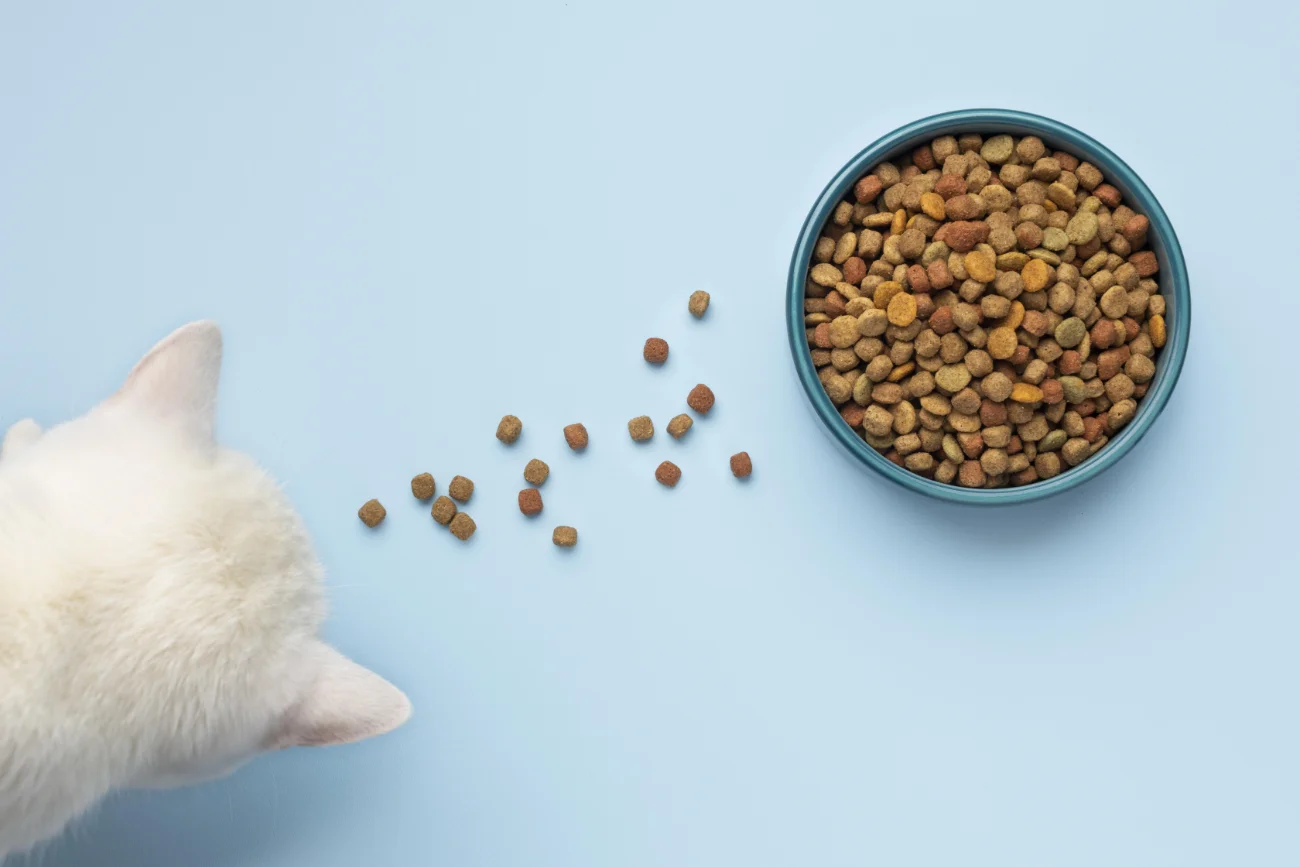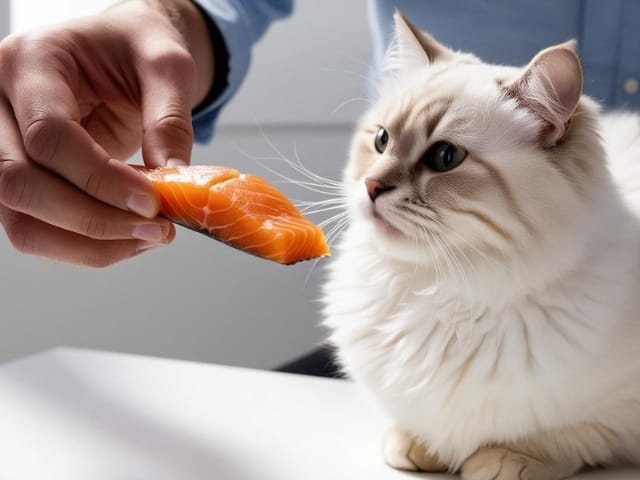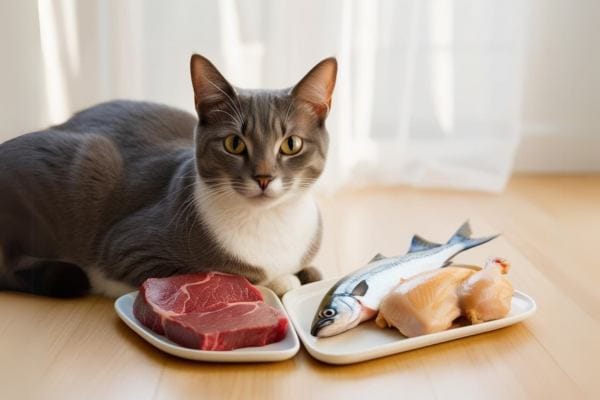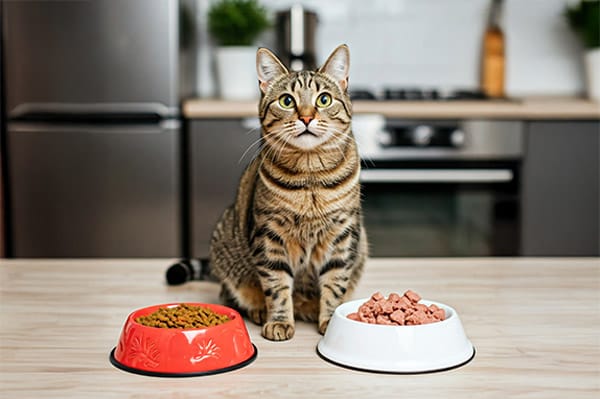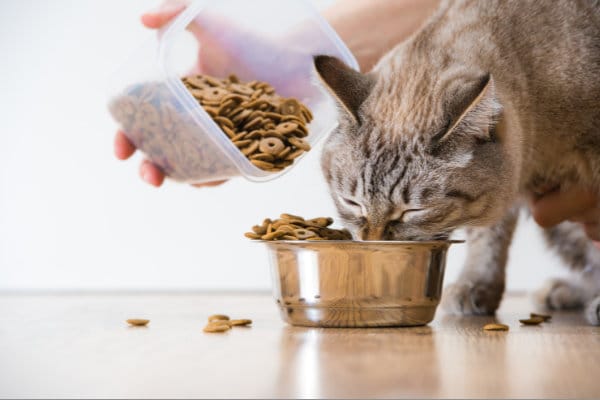Wet cat food for sensitive stomachs can be a game-changer for cat owners dealing with a feline companion’s digestive issues.
For many, managing a sensitive stomach in their cat can be both frustrating and worrisome, as it may stem from factors like food allergies, digestive problems, or even stress.
Choosing the right food is essential to alleviate symptoms such as vomiting, diarrhea, and abdominal pain.
A well-balanced diet that supports your cat’s nutritional needs while being gentle on their digestive system can make a world of difference.
In this article, we’ll explore the best types of wet cat food specifically designed for sensitive stomachs, helping you make an informed decision to support your cat’s digestive health.
Signs Your Cat Has a Sensitive Stomach
Common Symptoms
Is your feline friend exhibiting vomiting, diarrhea, excessive hairballs, or frequent regurgitation after eating? These common symptoms may indicate a sensitive stomach. If you notice any of these signs, it’s essential to take action to alleviate your cat’s discomfort and prevent further digestive issues.
The Importance of Diet
Diet plays a crucial role in managing digestive issues in cats. Feeding your cat a balanced and easily digestible diet can help soothe their sensitive stomach. Wet food is often recommended as it is lower in carbohydrates and higher in protein, making it easier for cats to digest than dry food.
What to Look in and Avoid Ingredients for Wet Cat Food for Sensitive Stomachs
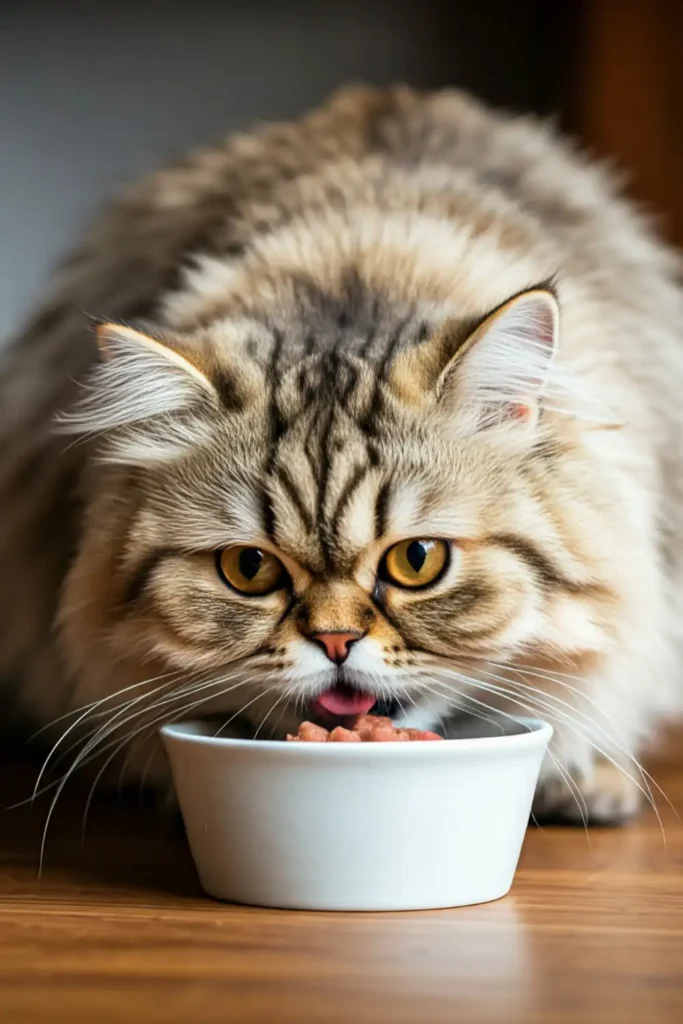
Look In
1. Limited Ingredient Diets (LID)
When it comes to wet cat food for sensitive stomachs, there are several key ingredients to look for. Limited Ingredient Diets (LID) are a great option, as they reduce the chance of triggering allergies or sensitivities by using fewer ingredients. This approach allows pet owners to identify and eliminate problem ingredients.
2. Easily Digestible Proteins
Easily digestible proteins are also crucial for cats with sensitive stomachs. High-quality, single-source proteins like chicken, turkey, or lamb are less likely to irritate. These proteins are often rich in essential amino acids and nutrients that support overall feline health.
3. Grain-Free and Low-Carbohydrate Options
Grain-free and low-carbohydrate options can also be beneficial for cats with sensitive stomachs. Some cats may be sensitive to grains and fillers, which can exacerbate digestive issues. Grain-free options eliminate these potential irritants, making them a better choice for cats with sensitive stomachs. By choosing a wet cat food that incorporates these features, pet owners can help alleviate their cat’s digestive discomfort.
Avoid
When choosing wet cat food for sensitive stomachs, avoid common allergens like corn, soy, and wheat. Opt for products free from artificial colors, flavors, and preservatives to ensure your cat’s comfort.
Tips for Transitioning to Wet Food for Sensitive Stomachs
Gradual Transition
When transitioning your cat from dry food to wet food, it’s essential to do so gradually to avoid further digestive upset. A sudden change can lead to stomach issues, diarrhea, or even vomiting.
To prevent this, start by mixing a small amount of wet food with their regular dry food. Gradually increase the proportion of wet food over the next 7-10 days, allowing your cat’s digestive system to adjust. This slow transition will help minimize the risk of adverse reactions.
Mixing Foods
Another helpful tip is to mix the new wet food with their old food. This will allow your cat to become accustomed to the new texture, smell, and taste without feeling overwhelmed.
Start with a ratio of 25% wet food to 75% dry food and adjust as needed. As your cat becomes more comfortable with the new food, you can increase the proportion of wet food.
Monitor for Reactions
It’s crucial to monitor your cat’s reaction to the new food and consult with your veterinarian if symptoms persist or worsen.
Keep an eye out for signs of digestive upset, such as diarrhea, vomiting, or lethargy. If you notice any adverse reactions, slow down the transition process or seek advice from your vet.
With patience and careful observation, you can help your cat successfully transition to a nutritious and delicious wet food diet.
Conclusion
it’s essential to remember that each cat has unique nutritional needs and sensitivities. What works for one cat may not necessarily be suitable for another, especially when it comes to sensitive stomachs.
By carefully assessing your feline friend’s dietary requirements, you can select the best-wet cat food tailored to their individual needs.
However, this journey toward optimal health should not be navigated alone. Consulting with your veterinarian is crucial, particularly if your cat suffers from chronic or severe gastrointestinal issues.
With the right diet and professional guidance, your cat can embark on a path to a healthier, happier life, ensuring they thrive every day.


